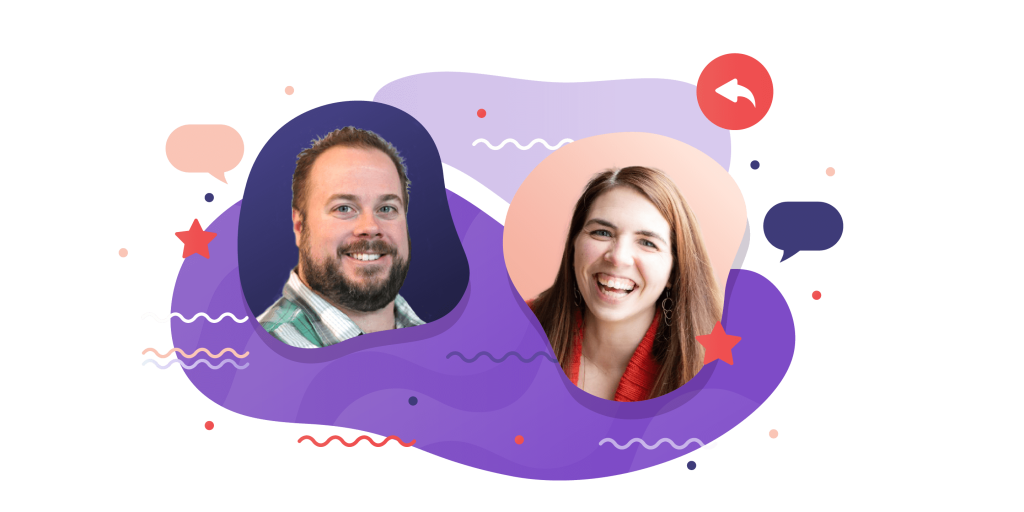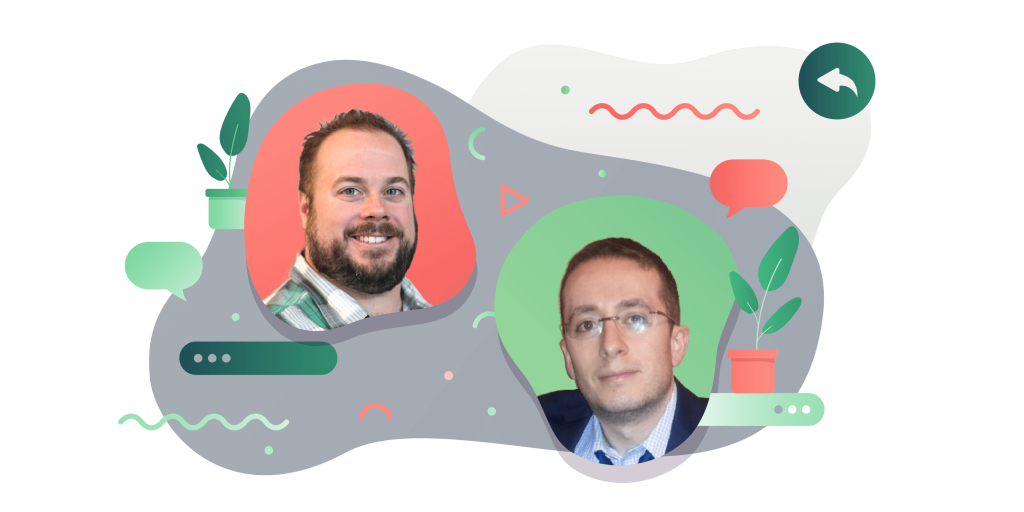Common problem Support leaders come up against is that it’s difficult to tie their work to sales or renewals.
Craig Reid, Director of Customer Support at Integrate, has started to bridge that gap to help amplify the value of his support team internally at the executive level. We sat down to chat about this program and how others might be able to bring this to their organizations.
What was the challenge that led you to start this project?
Craig R: The challenge that we started with was this whole idea that I would come to work and try to motivate the support team. We often were left out of recognition and that bothered me for quite a while because I could see what was going on behind the scenes. So I wanted to find a way that I could use data to highlight the work support was doing. All the amazing bits of value we were providing.
Start your day
with great
quality
content
And where did you start to help illustrate this value?
Craig R: So I started looking at Salesforce as our source of truth. That is already Sales’ source of truth, so it made sense for it to be ours as well. I partnered with our Business Intelligence (BI) team and worked with them to plug Salesforce and Zendesk data in together. I wanted to see any correlations of who was submitting tickets and who was renewing versus the opposite. That was the start of this journey.
Now we are starting to build momentum. We had to build a structure to figure out the channels with which we were hitting customers. By that I mean, for example, the help center. It is a very important channel. We hired a content specialist who could come in and track who is reading our articles.
I thought this would be really simple. But it is very difficult. We launched a partnership with Zendesk where we could track internal users versus external uses, so we could plug that data into our BI tool and then start to see correlations between help center use and renewals. Then we went even deeper and measured the same against any access of our support team.
We wanted to see whether customers who use support are more likely to renew. This allows us to target customers that were not using support and share our support contacts and links. The hope is that we can track if this changes the trends in renewals and I hope this gets us a bigger seat at the table.
This program has been wonderful for our team. It breeds more recognition and better employee retention. We are nowhere near finished, but it’s been great to sit with the BI team and highlight the opportunities and peel back the layers of data to see where we have grown and where we can grow.
That is absolutely incredible! What a positive outcome. There is clearly a lot of work involved here. How did you pitch this or gain buy-in for this type of initiative?
The way in which we were able to start this was with data. It started with our CSAT. We have always been in the high 90s and one thing I have always said is that we get quite a lot of comments. They are usually either about a great experience or at the other end of the spectrum, a very bad experience. So that enabled me to drive the importance of the fact that customers love talking to support.
It got attention and people were curious. We have got all these tickets flowing through and CSAT is steadily high and still getting great feedback and comment. That enabled me to get my foot in the door. So I needed this data to show there was more value here. My current leader is very customer-centric, and this is so valuable to these projects. He understands our importance and was curious as to what we could do because he hadn’t tackled this before.
Start your day
with great
quality
content
It is kind of intuitive that support helps retention in most cases. So that maybe wasn’t too surprising. Was there anything you learned from the data that you weren’t expecting?
It enabled us to help other teams. The education and training team could use this data. For example, we have X company and they have submitted all these tickets to us and they never had this type of visibility. So they could use that to help us with ticket deflection.
And even the product team could use this data to help make the product more intuitive and to reduce the number of tickets coming in by adding more self-service. Sometimes teams don’t get that holistic view, and this was a great win to help them.
So now you have all of this information, you are providing more data to many functions in your organization. How do you use it to improve customer experience?
Craig R: We were able to utilize the tool Pendo to help with in-platform engagement. So we could target customers who were not interacting with us and provide them with guidance. We could tell to whom and where we were best able to help and make data-driven engagements. We hope this contributes to happier customers and better experiences.
There was definitely a call to action coming from the data. The next goal is to look at ways to improve our customer community to push this even further and turn it up a gear. What can we do to contribute to happy customers to keep this momentum? We have to stay tight with these other teams, Salesforce, BI, and product for example. We had to do a lot of data cleanup and rebuild some foundations of Salesforce and Zendesk to ensure the data was inputted in the right way to drive this.
Who should own this? Does Support need to be the driver of all of this, or should there be dedicated teams that highlight across the organization areas of improvement?
Craig R: This was a gap and I saw the pain, so I took it on. Support doesn’t necessarily need to own this whole process, but I gravitate towards innovation and since no one was doing it, I want to. There is likely a team that needs to own this, but it is really a company-wide initiative because of the stakeholders involved. Success, product, BI, and most teams in the organization can and should be involved. Getting to that point would be a huge win.













